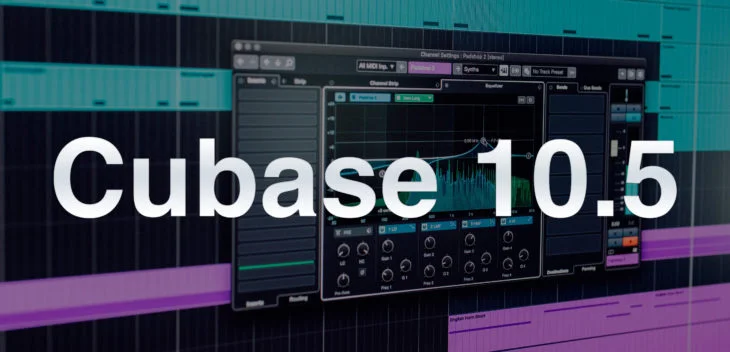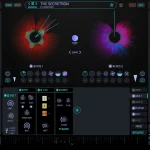Steinberg Cubase: Your Ultimate Guide to Installation and Setup for Music Production
Steinberg Cubase stands out as a top-tier music production software, widely recognized for its powerful tools in creating, recording, and mixing tracks. Whether you’re a beginner or a seasoned producer, this digital audio workstation (DAW) offers everything you need to bring your musical ideas to life. In this comprehensive guide, we’ll walk you through the process of installing and setting up Cubase, ensuring you’re ready to start producing music seamlessly.
Why Choose Steinberg Cubase for Music Production?
Before diving into the installation process, let’s explore why Steinberg Cubase is a preferred choice among musicians and producers. Known for its intuitive interface and robust features, this music recording software supports a wide range of audio and MIDI capabilities. From composing intricate melodies to polishing final mixes, Cubase provides unmatched flexibility, making it ideal for studios and home setups alike.
Step-by-Step Cubase Installation Guide
Installing Steinberg Cubase may seem daunting at first, especially with various folders and files to manage. However, by following these detailed steps, you can ensure a smooth setup process for Cubase 10.5 or other versions.
1. Organize Essential Folders
To begin, you’ll need to relocate specific Steinberg folders to their designated directories on your computer. This step is crucial for the software to function correctly. Here’s how to do it:
- Navigate to C:\Users\YourUsername\AppData\Roaming. If you can’t see the AppData folder, enable hidden files in Windows Explorer (in Windows 10, go to View > Hidden Items; in Windows 7, press Alt, select Tools > Folder Options > View, and enable ‘Show hidden files, folders, and drives’). Move the Steinberg folder to the same location if needed.
- Go to C:\Program Files\Common Files and ensure the Steinberg folder is placed here.
- Check C:\Program Files and confirm the Steinberg folder is in this directory as well.
- Similarly, in C:\ProgramData, make sure the Steinberg folder is present.
2. Install the Software Files
Once the folders are in place, proceed with installing the necessary files from the software package. Follow this order:
- Install the files sequentially, starting from the first to the fourth. The fifth file is optional and can be skipped if not required.
- During the installation of the second file (often labeled as Soft-eLicenser Bundle), the eLicenser Control Center may launch automatically. You can close it immediately after it opens.
3. Create a Desktop Shortcut
After completing the installation, locate the Cubase executable file:
- Go to C:\Program Files\Steinberg\Cubase 10.5.
- Find the file named ‘Cubase10.5’, right-click it, and create a shortcut.
- Move this shortcut to your desktop for easy access.
4. Set Up the Default Project Folder
To ensure your projects save correctly, you must define a default folder for Cubase projects:
- Open Cubase for the first time.
- Create a folder manually at C:\Users\YourUsername\Documents\Cubase.
- Set this as the default directory for saving projects. Failing to do this may result in issues with saving your work.
5. Address License or Pack Errors
If you encounter a message indicating a missing license or pack during the initial launch, don’t worry. Simply select the ‘Remove’ option to resolve the issue and proceed with using the software.
Tips for a Smooth Music Production Experience with Cubase
Now that you’ve completed the Cubase installation guide, here are a few additional tips to enhance your workflow:
- Update Regularly: Keep your software up to date to access the latest features and bug fixes.
- Explore Tutorials: Steinberg offers a wealth of resources and tutorials to help you master the tools within this music production software.
- Backup Projects: Always save backups of your work to avoid losing progress due to unexpected errors.
Conclusion
Steinberg Cubase is a powerhouse for anyone serious about music creation. By following this step-by-step guide on how to install Cubase, you can set up your workspace efficiently and dive into producing high-quality tracks. Whether you’re recording vocals, mixing beats, or composing soundtracks, this music recording software is designed to meet your needs. If you encounter any issues during the setup, feel free to revisit the steps or reach out to Steinberg’s support for assistance.
Start your musical journey with Cubase today and unlock endless creative possibilities!



